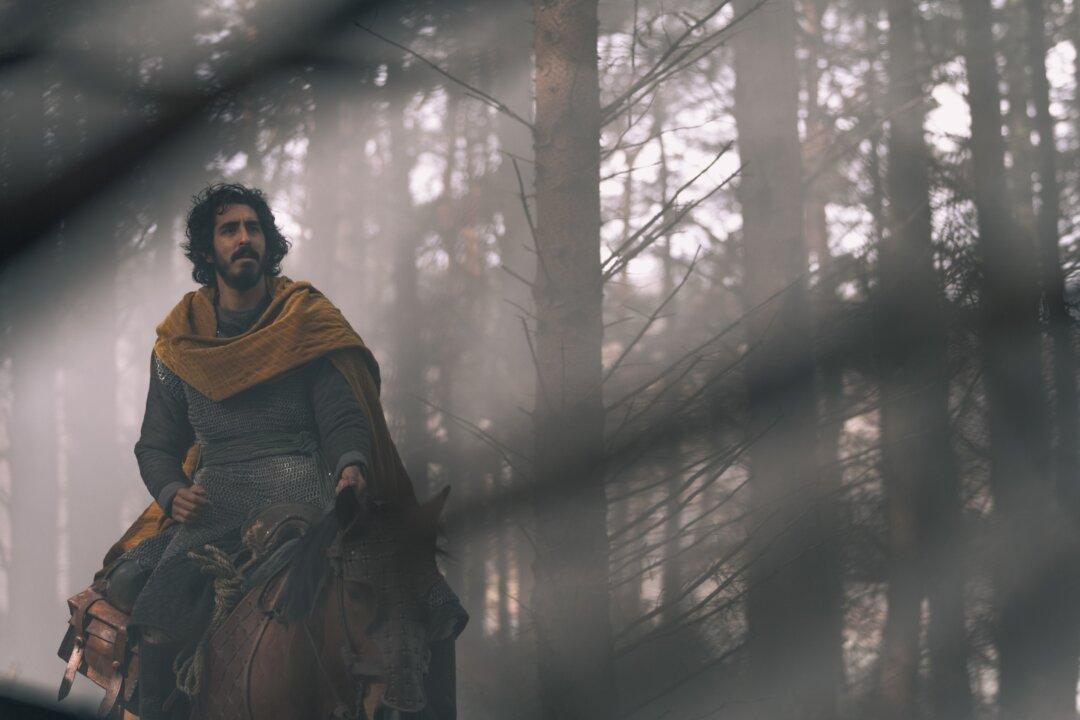I wanted to sit in a plush, velvet movie-theater seat, gripping the armrest tightly in anticipation. I’d waited expectantly for the Christmas-themed “The Green Knight,” based off one of my ultimate favorite books, to be released. But after watching the trailer, reading a detailed synopsis, a review, and an analysis, and after seeing the terrible Rotten Tomatoes audience rating, waves of disappointment chafed over me. How could such a marvelous and one-of-a-kind work be turned into a disastrous and incomprehensible movie, I wondered.
I’m passing on seeing the movie this holiday season, and I’d advise you to do so, too. I do, however, recommend the equally Christmas-y poem that the film is based on. I’ll explain. (Warning: Plot spoilers!)

